Heat transfer printing and sublimation printing are two common printing methods widely used in textile and other industries. Many people think that sublimation and heat transfer printing are the same and just two different names, but actually, it’s not like that.
Today’s post discusses their main differences in four aspects. Let’s take a look.
Is sublimation the same as heat transfer?
Heat transfer printing and sublimation printing both use two steps to print: first, the design is printed onto special paper, and then the printed pattern is transferred from the paper onto an object by heating and pressuring.
However, sublimation printing directly vaporizes dye-based ink on sublimation paper at a temperature of 350-400°C and pressure, penetrating into the material to form a pattern.
For heat transfer printing, under a temperature of 140-180°C and pressure, the pattern is stuck from the transfer paper to the surface of an object.
The following video clearly illustrates the differences between these two printing methods applied to T-shirts.
Aside from the temperature, the transfer paper, and the science of how the process happens, the difference between sublimation and thermal transfer is also reflected in the following major aspects. Keep reading.
Sublimation is more skin-friendly and durable.
Using sublimation printing is like dyeing the fabric. The ink penetrates into the fibers and becomes part of it, so there is no difference in texture between the printed and non-printed areas. This printing method will not change the texture of the fabric. It is skin-friendly and breathable, making it suitable for all-over-print products. The pattern is more durable and does not fade over time.
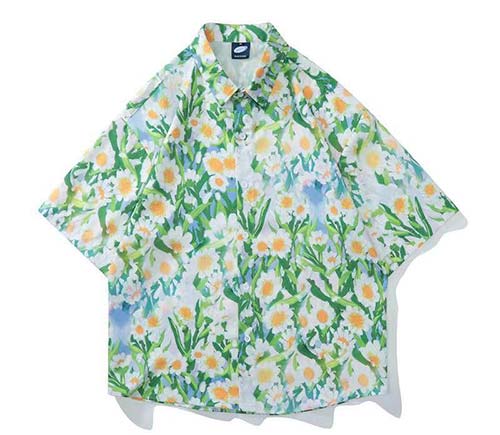
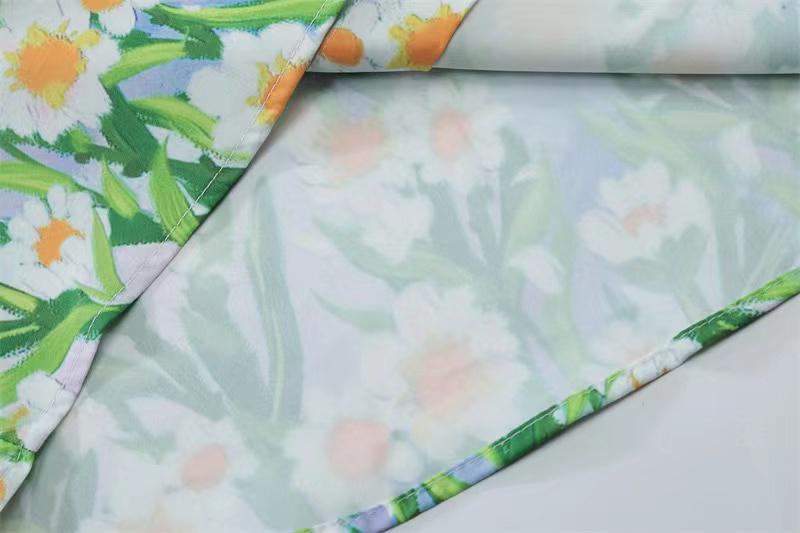
The pattern printed by heat transfer touches like a layer of leather stuck on clothes, which will change the texture of the fabric and make it less breathable, so it is not suitable for large-area printing. Additionally, the pattern is adhered to the surface by a heat-melted layer. The color fastness is poor, and frequent washing and drying may cause heavy wrinkles and cracks.
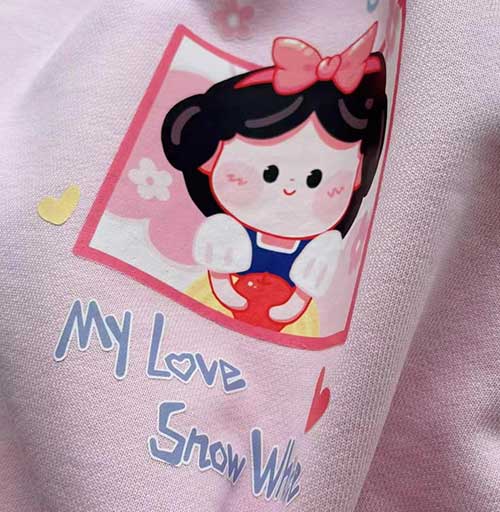

Heat transfer patterns have more special effects.
The pattern effect of heat transfer printing is very good on both light and dark fabrics. In addition, there are many different types of transfer paper. You can change the transfer paper to present various effects for your pattern design, such as luminous and laser effects.
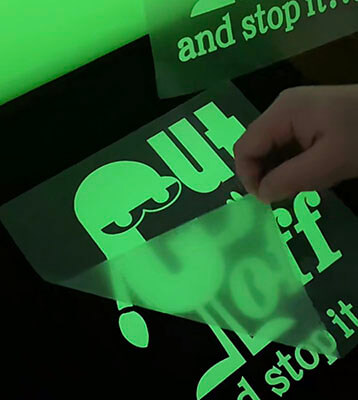
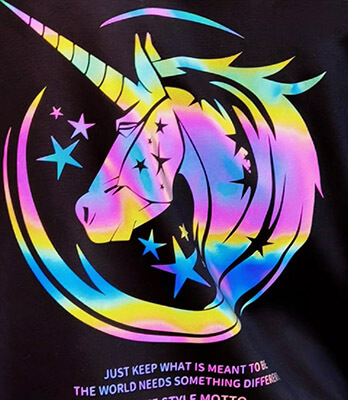
Sublimation printing only produces good results when printed on white or light-colored fabrics. The pattern looks dull when printed on dark-colored fabrics. And it can not achieve special effects such as luminous through special ink.
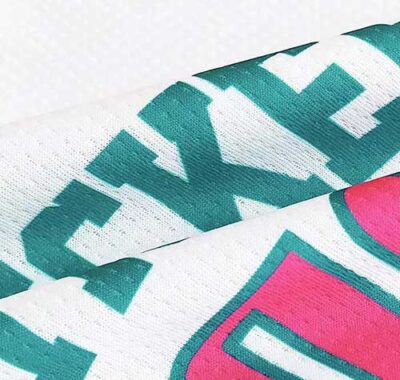
Heat transfer can be applied to more fabrics and materials.
Sublimation limits your choice of fabric because sublimation ink can only work on polyester fabrics (with a polyester content of more than 80%). The higher the polyester content, the better the pattern effect. In addition, sublimation printing is also suitable for various hard surfaces with polyester coatings, such as ceramics, metals, and plastics. This means that you can customize objects such as mugs and phone cases with rich pattern designs.
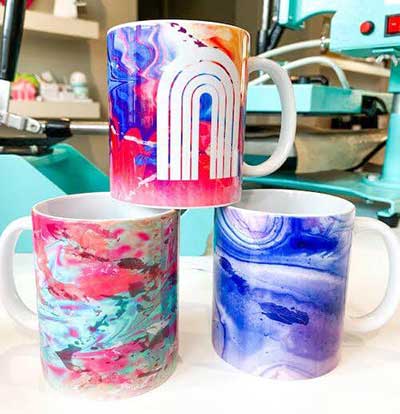
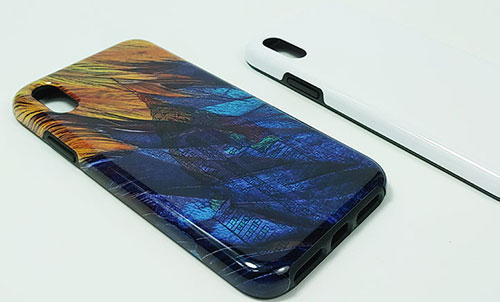
Heat transfer printing is suitable for various fabric materials such as polyester, cotton, knitwear, non-woven fabrics, and leather. In addition, you can also see patterns printed by heat transfer on other materials such as plastics (e.g. ABS, PVC, EVA, PP), metals, ceramics, and wood.
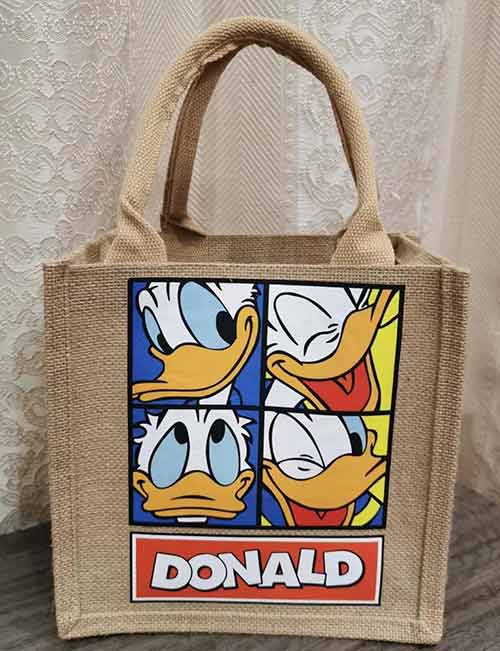
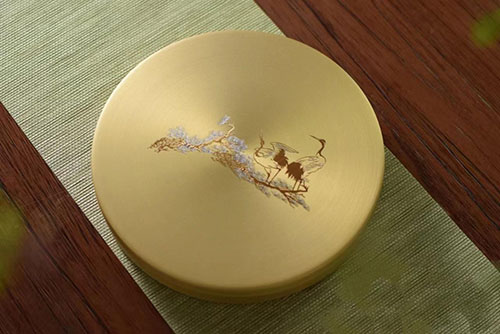
What is the difference between MOQ and cost?
Both sublimation and heat transfer are suitable for small orders. One or two can also be done, so it is well suited to the market for print-on-demand.
The cost of dye sublimation printing is calculated based on the area of the fabric used (in square meters). This means that whether you print a complex pattern with multiple colors or a simple pattern with only two colors, if the number of prints is the same (e.g.200 pieces) and the amount of fabric used is similar, according to our experience, the cost is also similar, about $4/pcs.
Additionally, for clothing items like basketball jerseys, if a layout needs to be created on the fabric before printing, the cost will be higher than all-over-print.

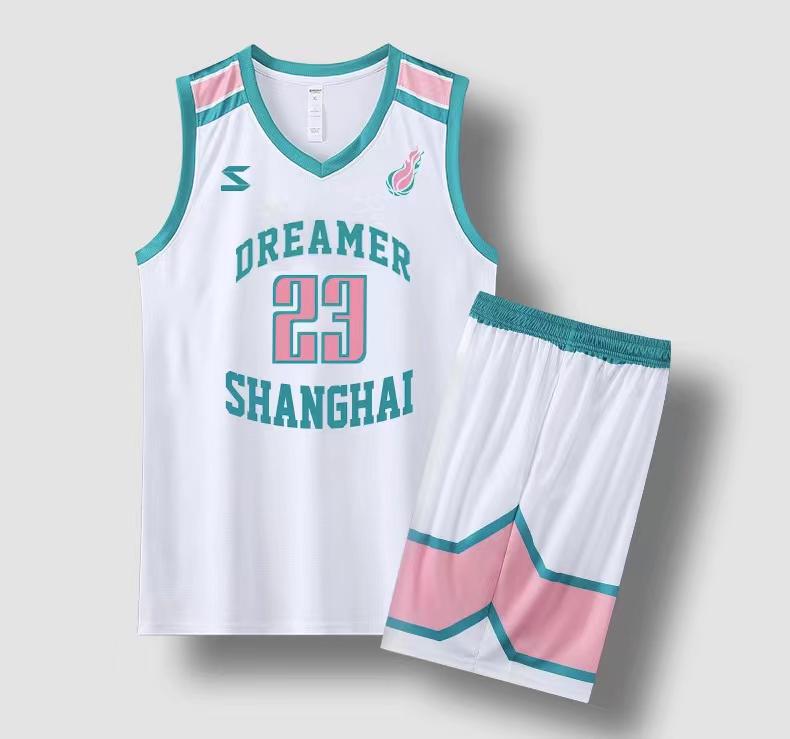
The cost of heat transfer printing is calculated based on the size of the printed pattern and the quantity of the order. For example, one of our clients printed a 5x5cm² design on 200 t-shirts, which cost approximately $0.6 per piece. The larger the size of the print, the higher the cost.
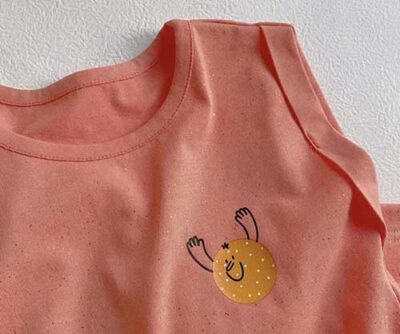
Conclusion
As you can see, these two printing methods are different between cost, fabrics and materials, base color, printing effects, durability, and feel. All of this will affect which way you choose to print your product.
Apart from these common ways, there are other printing methods available for you to choose from, such as DTG printing, embroidery, and screen printing. They all have their unique advantages.
Contact Jingsourcing for Printing Solutions
- 200+ printing factories
- Support 4000+ clients
- 20+ years experience
